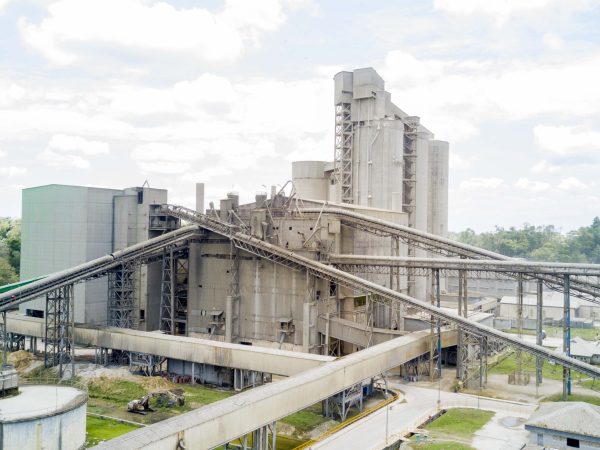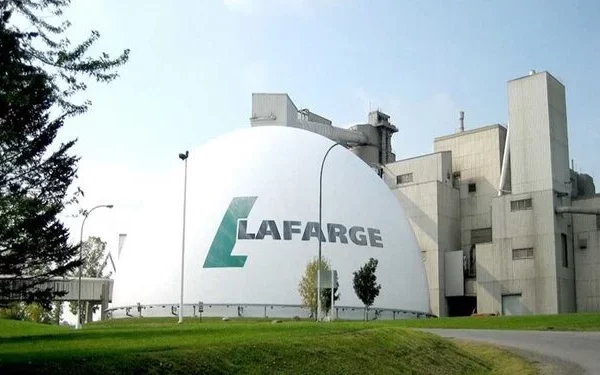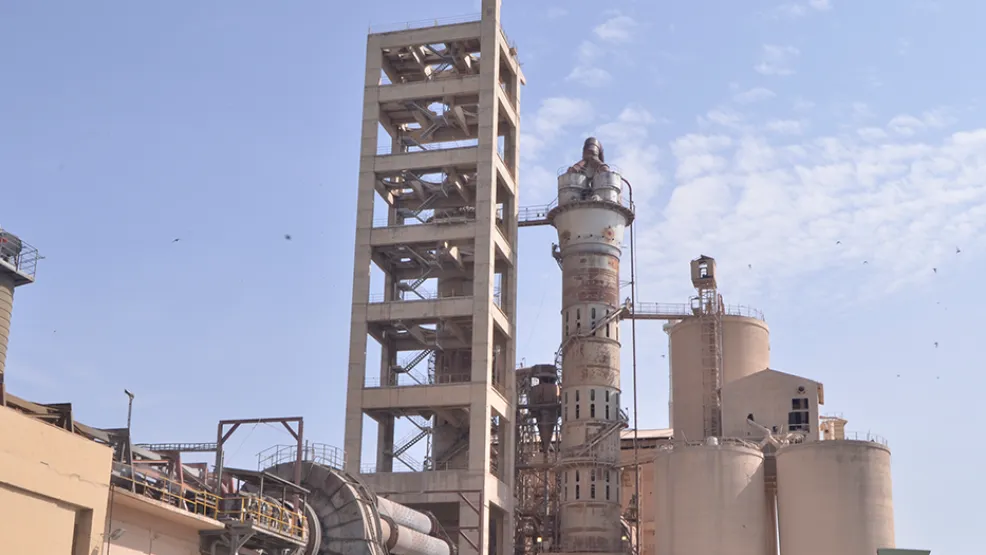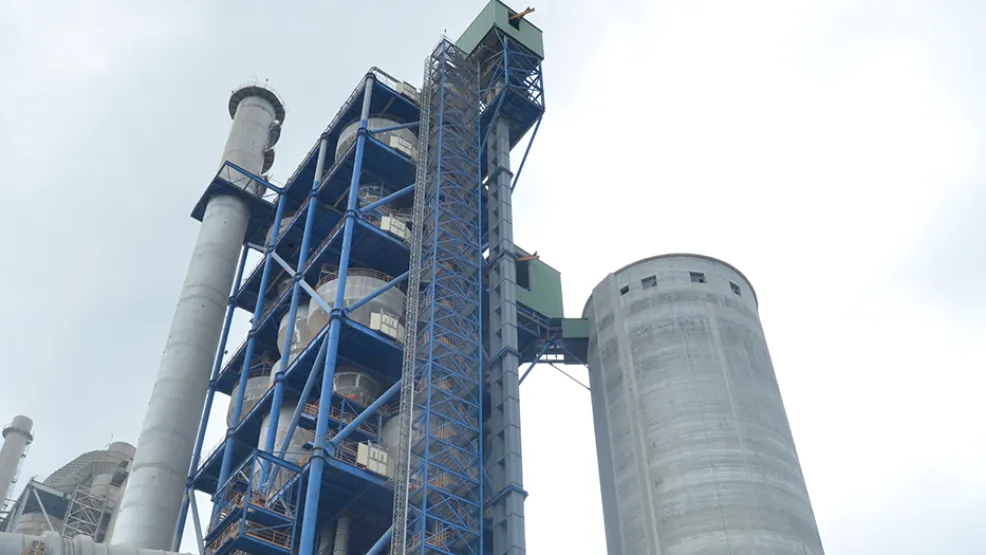
For decades, Nigeria’s cement industry struggled to meet local demand, relying heavily on imports to bridge the supply gap. Before reforms, local production capacity was grossly inadequate, with output hovering around 2 million metric tonnes annually in the late 1990s—far below national demand. This dependence on imports not only drained foreign exchange reserves but also exposed the country to price volatility in the global market.
Publicly-owned cement plants, such as those under the Nigerian Cement Company (Nigercem) and the Cement Company of Northern Nigeria (CCNN), suffered from poor maintenance, obsolete technology, underinvestment and weak management practices. Frequent plant breakdowns, low-capacity utilisation and high production costs made locally produced cement less competitive.
These challenges underscored the urgent need for a complete sector overhaul that would modernise facilities, boost production, and position Nigeria to meet both domestic and export needs.

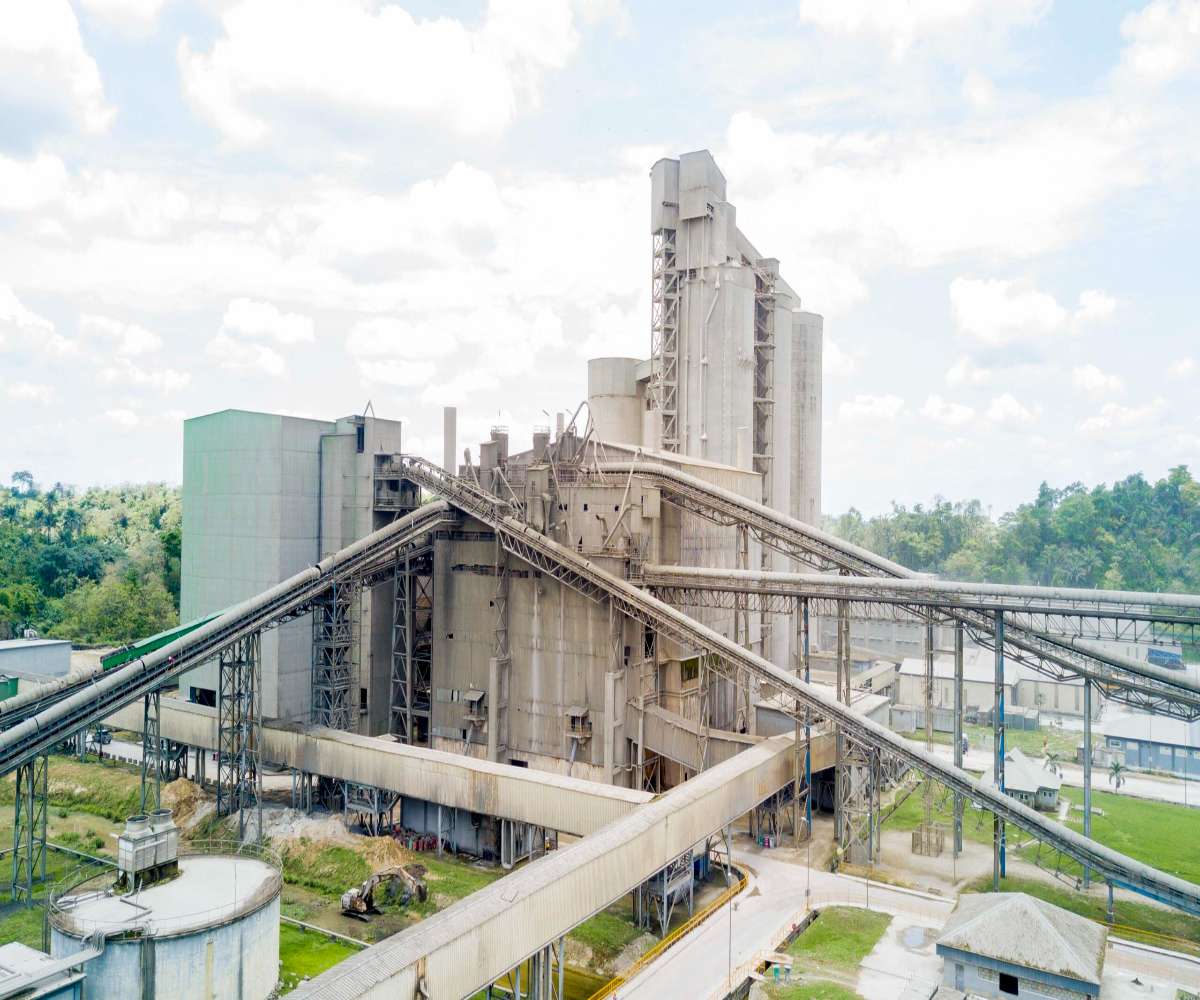
The Reform Process
The Federal Government, through the Bureau of Public Enterprises (BPE), initiated reforms to revitalise the cement sector under its privatisation and commercialisation programme. The main objectives were to transfer operations to capable private investors, increase production efficiency, and encourage backward integration. Key steps in the reform included:
Privatisation of State-Owned Cement Plants
- BPE facilitated the sale of majority shares in key publicly-owned cement companies to strategic core investors with proven technical and financial capacity.
- Notable transactions included the privatisation of Nigercem, CCNN, and Ashaka Cement.
Backward Integration Policy (BIP)
- The government introduced the BIP, which required investors to develop local limestone and other raw material sources to reduce reliance on imports.
Industry Liberalisation
- Removal of government monopoly allowed new entrants, fostering competition and investment.
Investment in Modern Technology
- Core investors undertook massive plant rehabilitation and expansion projects, introducing energy-efficient processes and higher-capacity kilns.
Regulatory and Policy Support
- Implementation of clear policy guidelines on cement quality standards through the Standards Organisation of Nigeria (SON) and a framework to encourage export-oriented production.
Transactions
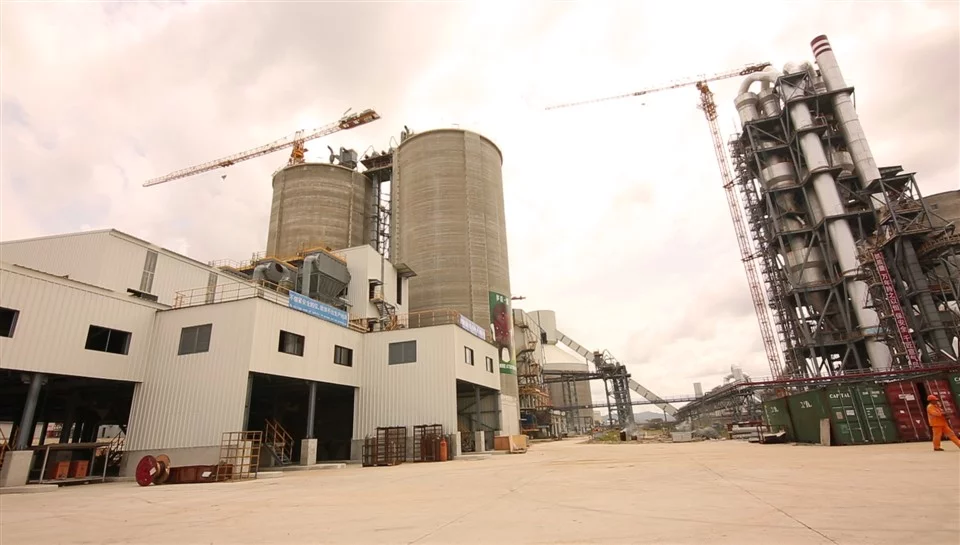
Conclusion
The reform of Nigeria’s cement sector stands as one of the most successful privatisation stories under the Bureau of Public Enterprises. By transferring ownership to strategic investors, enforcing backward integration, and providing policy support, the government transformed the industry from an import-dependent sector into a globally competitive production hub. Today, Nigeria’s cement sector not only meets domestic needs but also contributes to regional trade, industrial growth, and economic diversification.

